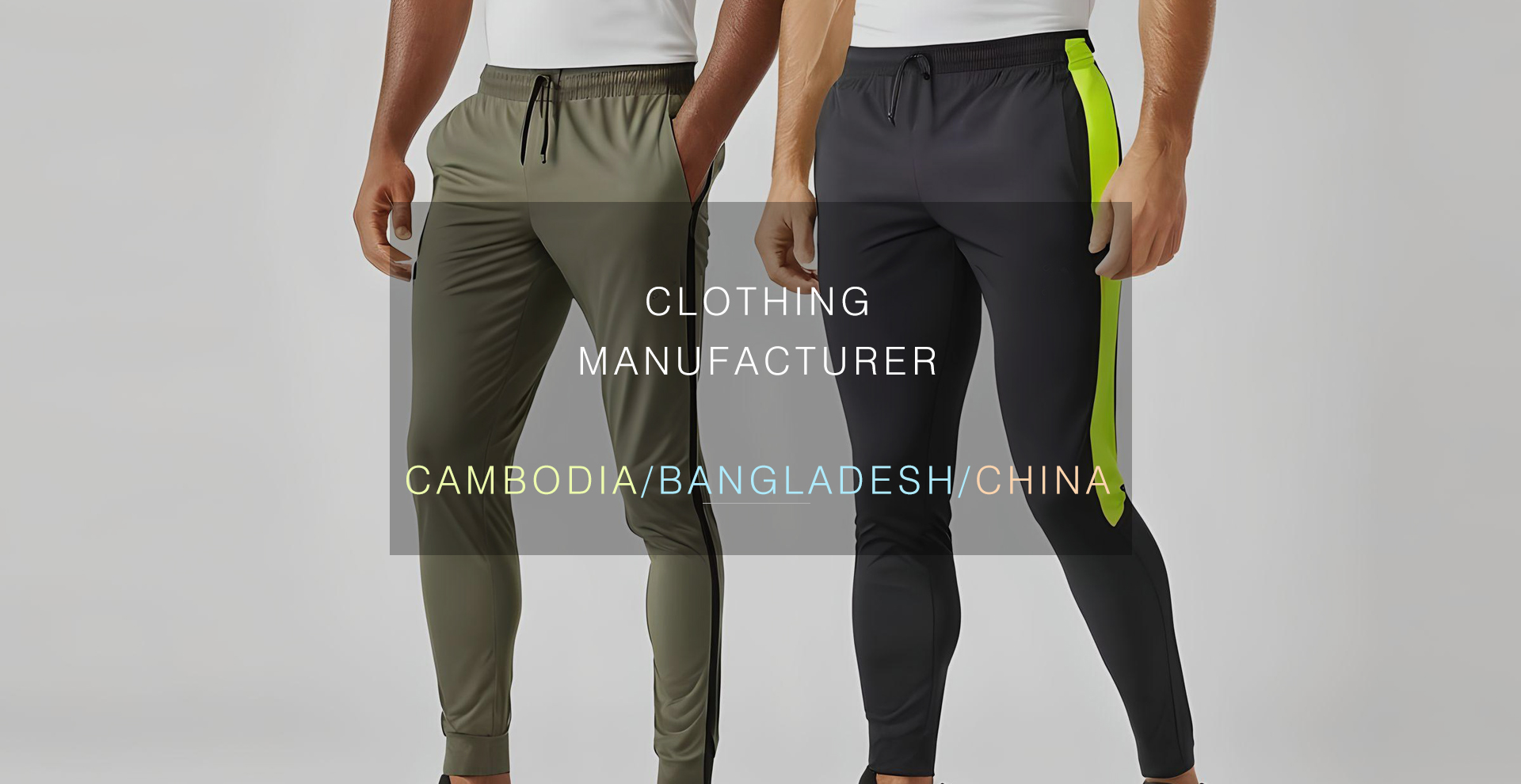Functional Textiles Innovations: 2025 International Overview

At the 2025 international exhibitions, sustainability remains the central theme in functional textiles. From material innovation to design strategies, the industry reflects a strong balance between environmental responsibility and market demand. With the upcoming EU Digital Product Passport (DPP) regulation, by 2030 all products must disclose origin, materials, environmental impact, and disposal guidelines — further accelerating industry transformation.
♻️ Circular Design
Circular design focuses on ensuring products can be easily disassembled and recycled at the end of their life cycle. This reduces waste and maximizes resource efficiency.
✂️ Easy to Disassemble & Recycle
Unlike traditional clothing that is difficult to recycle, new design methods allow garments to be taken apart quickly, making it easier to recycle different materials.
♻️ Recycled Sources
Recycled polyester (rPET) and regenerated nylon are replacing virgin fibers. Choosing garments made from recycled sources significantly reduces energy use and carbon emissions.
☁️ Natural Performance
Wool blends and natural fibers provide built-in benefits such as breathability, antibacterial properties, and thermal regulation — all without excessive chemical treatment.
❌ PFAS-Free & Non-toxic Design
PFAS chemicals have been widely used for water and stain resistance but pose risks to health and the environment. PFAS-Free products are safer and more eco-friendly.
⚡ Lightweight & Durable
Consumers want clothing that is light yet strong. Advanced textile engineering delivers garments that are comfortable for daily wear while built to last.
❄️ High Thermal Efficiency
New insulation fibers offer better warmth in cold conditions without adding bulk, enabling thinner yet warmer garments.
✨ Climate Adaptive & Comfort Regulating
With climate change, textiles must adapt to diverse conditions. Innovative fabrics can wick moisture quickly or adjust to body temperature, offering smarter comfort.





